(8) items in your cart
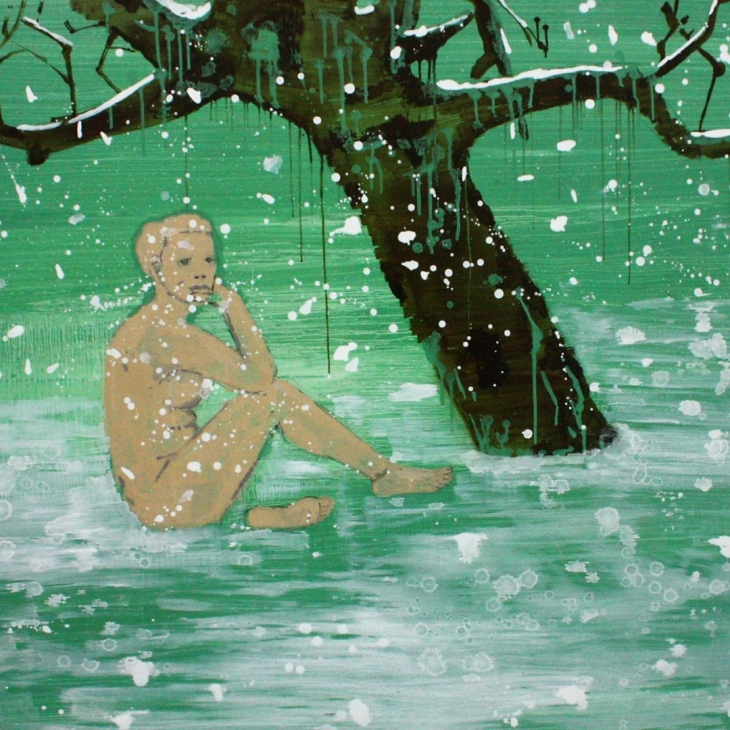
Price: €2000

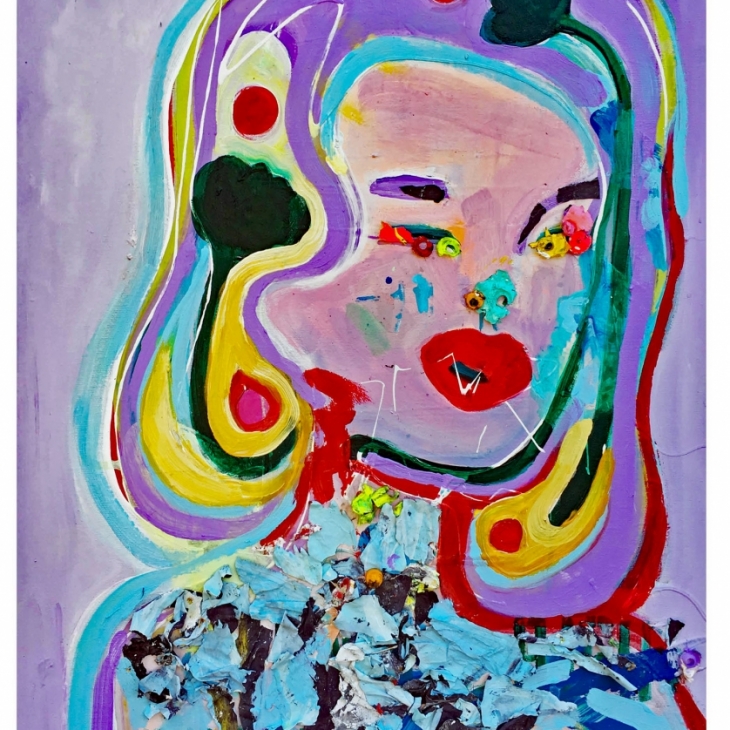

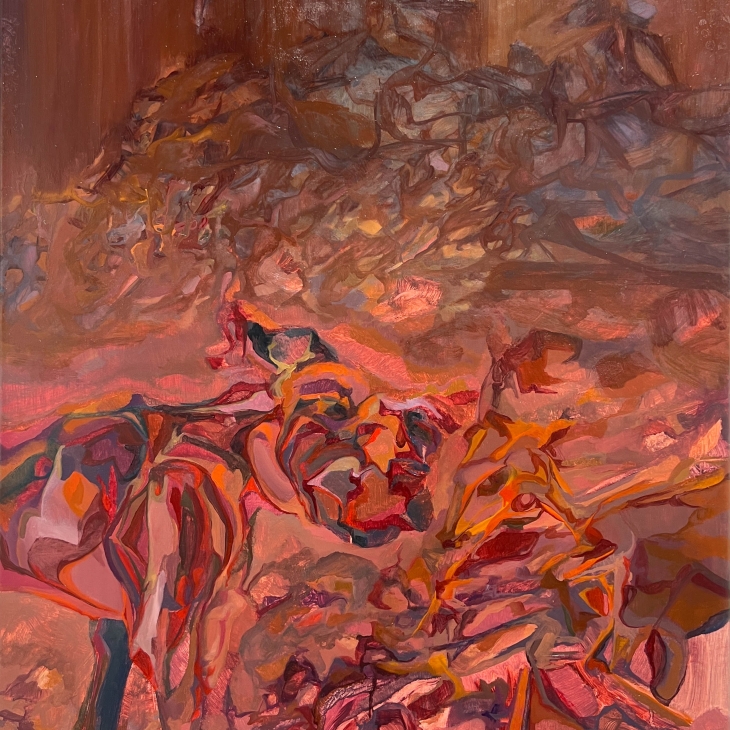

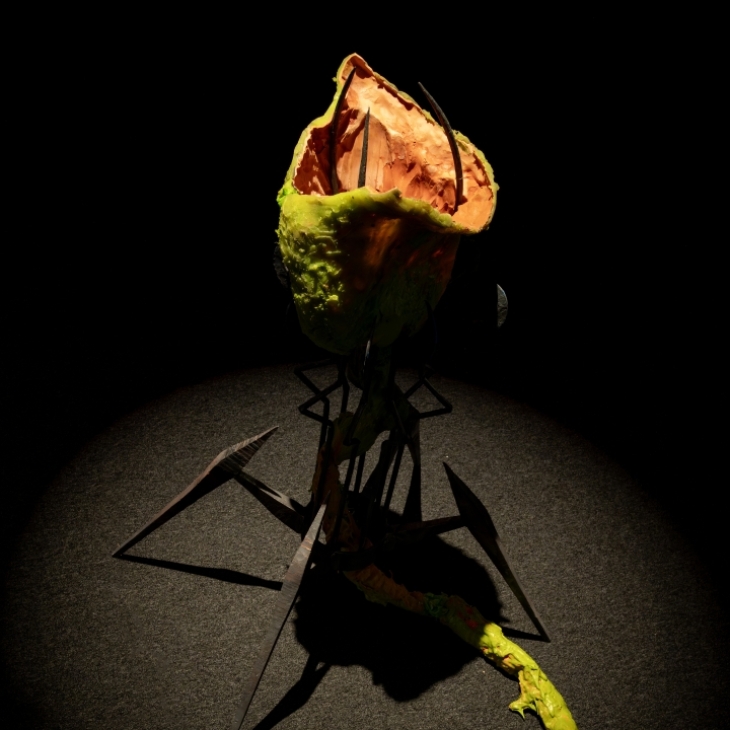

January the 9th at 18 o’clock in the cellar of Gallery Pallas the room installation KONKU will be opened to the public. KONKU is an intersection of creative freedom, reality, and memory. It is a spatial installation that looks like a completely ordinary konku, with all its clutter and mystery, where everyday junk, incomprehensible curiosities and artworks are mixed together until it becomes hard to discern where one ends and the other begins. Visitors can move around the space, rummage, and engage in all the other commonplace konku activities.
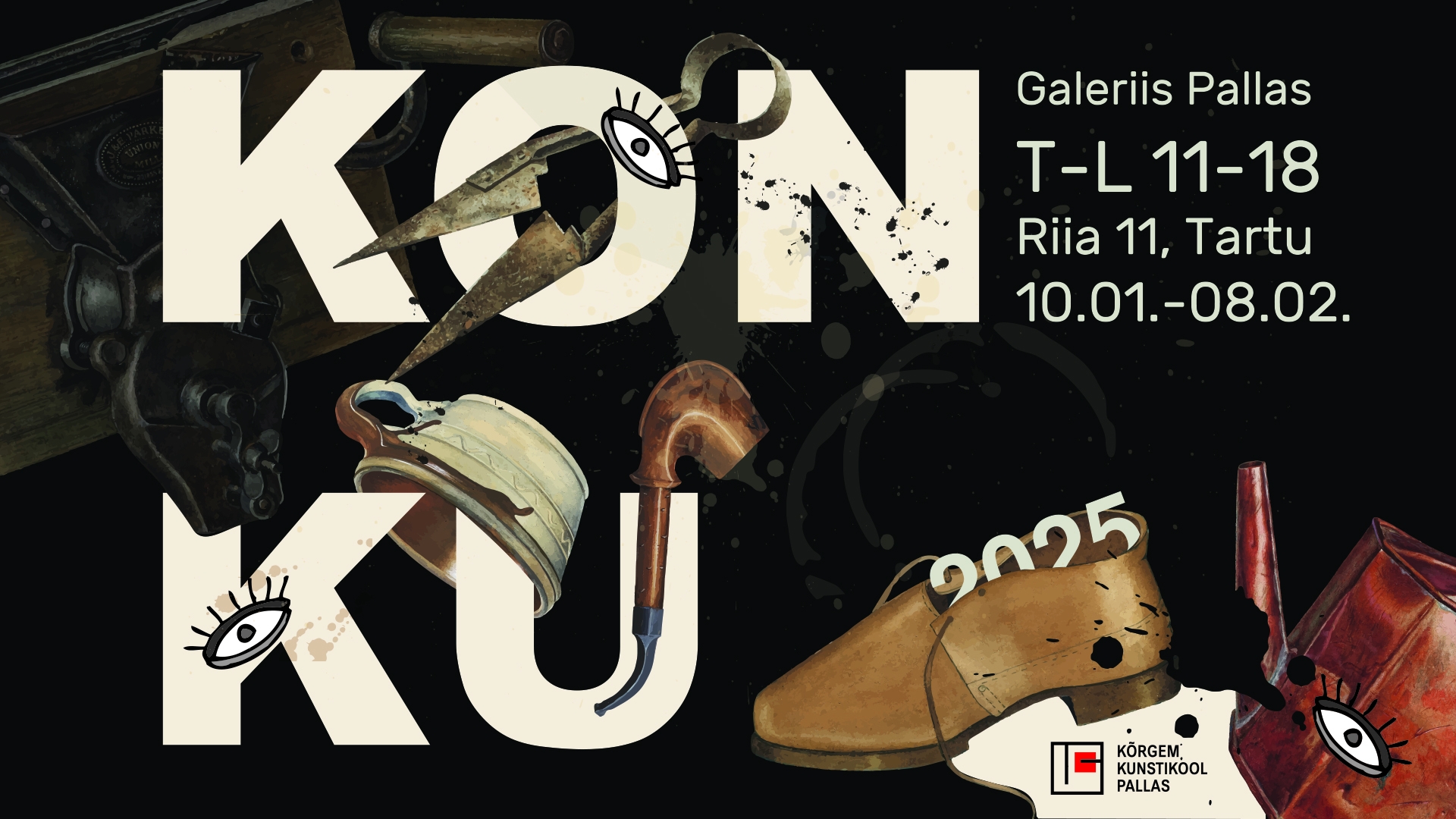
“It happened in South Estonia, probably somewhere in Võrumaa, in an old farmhouse. There was a summer gathering of creative people, many friendly familiar faces all around. During the breaks in discussions, we wandered around the farmhouse and its surroundings; these were old buildings, some looking quite ramshackle. And there, the door of the konku appeared like a gateway to a museum of cultural layers. Aapo Ilves and I stopped to discuss the meaning and the perishability of a space like that. We had to admit that this fragment of architectural and cultural history is fading, that soon there will be no more of konku-like rooms. The new storage spaces being built are too shelved, well-lit, and organized. Almost at the same time, Aapo and I came to the understanding that the dim and cluttered space of the konku needs at least one exhibition to shed light on its significance. Shed light… to a certain extent, of course.”
Did this happen in reality? Or was it all a dream?
A konku in most cases, it is located inside a house, while in others, it is attached to a secondary building. It can be a space in the house that has never had any sensible purpose to start with. Or perhaps the original purpose of the room has been forgotten. It can be the attic, loft, cupboard, pnatry, clothes shed or the space under the stairs. It is a space for things that are not quiet needed, but still kept.
In the KONKU, Kadri Kalve, Epp Margna, Aapo Ilves, Toomas Kalve, Ene Tapfer, Riin Somelar, Esta Tatrik, Kersti Kokk, Veiko Kokk, Margret Paide, and perhaps some others come together —but it’s never entirely clear what you’ll find there…
Galerii nimi: Gallery Pallas
Address: Riia 11, 51010 Tartu, Estonia
Opening hours: Tue-Sat 11:00 - 18:00
Open: 09.01.2025 — 15.03.2025
Types of art: Mixed media, Painting, Photography, Installation, Other
Address: Riia 11, 51010 Tartu, Estonia
Opening hours: Tue-Sat 11:00 - 18:00
Open: 09.01.2025 — 15.03.2025